It is one of the four major tissues which make up the tooth, along with dentin , cementum , and dental pulp. Dentin is the substance between enamel or cementum and the pulp chamber. The 12 adult molars erupt grow up from the gums behind the primary teeth and do not replace any; giving a total of 32 teeth. Article Talk. It is a minutely toothed, chitinous ribbon, typically used for scraping or cutting food before the food enters the oesophagus. This is believed to cause V-shaped depressions on the side under tension and C-shaped depressions on the side under compression. The biting section of an incisor is wide and thin, making a chisel-shaped cutting edge. The large surface area of your molars helps them grind up food. Minerva Stomatol Review. They usually come in between the ages of 17 and Though implants are the most expensive treatment option, they are often the most desirable restoration because of their aesthetics and function. How many teeth do children have, and what are their different types and functions? The incisors and cheek teeth of rabbits are called aradicular hypsodont teeth. The diagram below shows a cross sectional view of a tooth. Online Etymology Dictionary.
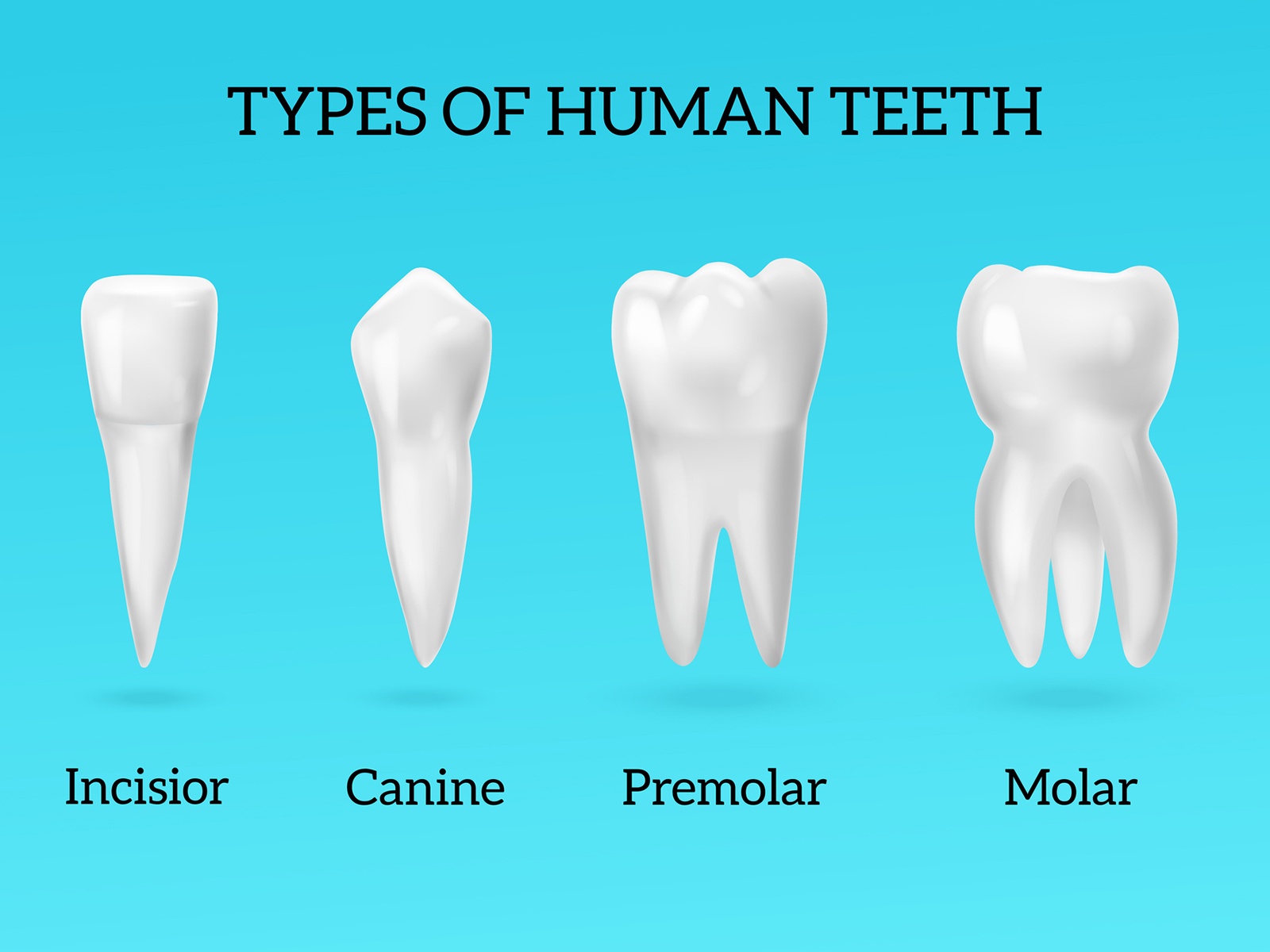
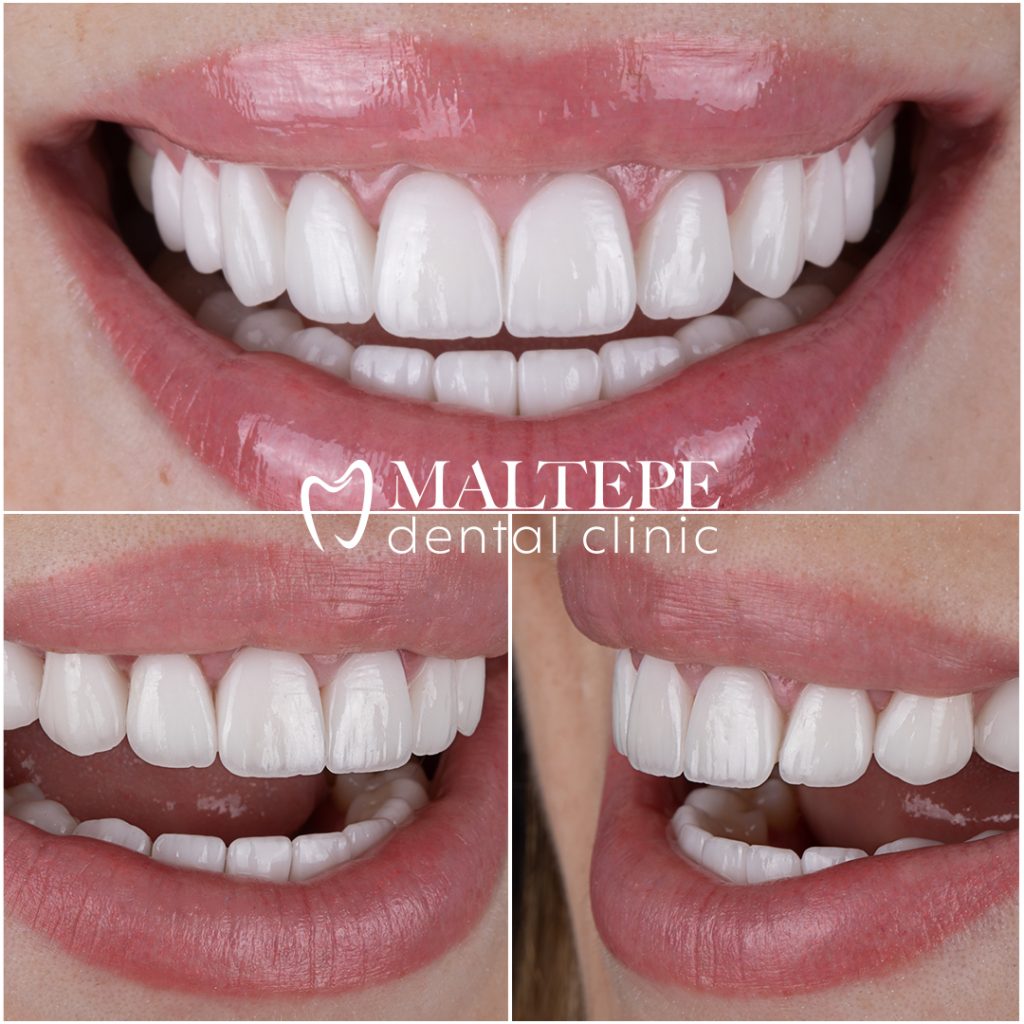
Usually, people have lost all of their baby teeth by around the age of Foundations of Parasitology. Most of the teeth have uniquely distinguishing features. Dental anatomy is also a taxonomic science as it is concerned with the naming of teeth and their structures. When do permanent teeth start coming through erupting? Tooth eruption in humans is a process in tooth development in which the teeth enter the mouth and become visible. The three dimensional configuration of the dentinal tubules is genetically determined. When the last of these teeth has fallen out, regardless of the elephant's age, the animal will no longer be able to chew food and will die of starvation.
Adult teeth
Systemic disorders also can cause tooth discoloration. One end of each bundle is attached to the cementum covering the root of the tooth. Tooth destruction from processes other than dental caries is considered a normal physiologic process but may become severe enough to become a pathologic condition. Oral hygiene is the practice of keeping the mouth clean and is a means of preventing dental caries, gingivitis , periodontal disease , bad breath , and other dental disorders. Medical News Today. Neville, B. Because teeth are very resistant, often preserved when bones are not, [52] and reflect the diet of the host organism, they are very valuable to archaeologists and palaeontologists. The cementum is a layer of hard tissue that covers the root of the tooth. Tooth development is the complex process by which teeth form from embryonic cells , grow , and erupt into the mouth. Rodent incisors grow and wear away continually through gnawing, which helps maintain relatively constant length. Three to four millimeters of the tooth is worn away by incisors every week, whereas the cheek teeth require a month to wear away the same amount. January By correctly coordinating management invasive treatment procedures can be prevented resulting in successful and conservative treatment. Only four teeth are used for chewing at a given time, and as each tooth wears out, another tooth moves forward to take its place in a process similar to a conveyor belt. See also: Pharyngeal teeth and Shark tooth.
Teeth Names: Shape and Function of Four Types of Teeth
- Main article: Dental plaque.
- The use of fluoride, Teeth, dental sealants, and regular dental cleanings can help treat and prevent tooth decay.
- Dental alveolus.
- S2CID
- Additionally, amphibians that undergo a metamorphosis develop bicuspid shaped teeth.
A tooth pl. Some animals, particularly carnivores and omnivores , also use teeth to help with capturing or wounding prey, tearing food, for defensive purposes, to intimidate other animals often including their own, or to carry prey or their young. The roots of teeth are covered by gums. Teeth are not made of bone, but rather of multiple tissues of varying density and hardness that originate from the outermost embryonic germ layer , the ectoderm. The general structure of teeth is similar across the vertebrates, although there is considerable variation in their form and position. The teeth of mammals have deep roots, and this pattern is also found in some fish, and in crocodilians. In most teleost fish, however, the teeth are attached to the outer surface of the bone, while in lizards they are attached to the inner surface of the jaw by one side. In cartilaginous fish , such as sharks, the teeth are attached by tough ligaments to the hoops of cartilage that form the jaw. Monophyodonts are animals that develop only one set of teeth, while diphyodonts grow an early set of deciduous teeth and a later set of permanent or "adult" teeth. Polyphyodonts grow many sets of teeth. For example, sharks , grow a new set of teeth every two weeks to replace worn teeth. Most extant mammals including humans are diphyodonts, but there are exceptions including elephants, kangaroos, and manatees, all of which are polyphyodonts. Rodent incisors grow and wear away continually through gnawing, which helps maintain relatively constant length. The industry of the beaver is due in part to this qualification. Some rodents, such as voles and guinea pigs but not mice , as well as lagomorpha rabbits , hares and pikas , have continuously growing molars in addition to incisors. Teeth are not always attached to the jaw, as they are in mammals. In many reptiles and fish, teeth are attached to the palate or to the floor of the mouth, forming additional rows inside those on the jaws proper. Some teleosts even have teeth in the pharynx. While not true teeth in the usual sense, the dermal denticles of sharks are almost identical in structure and are likely to have the same evolutionary origin. Indeed, teeth appear to have first evolved in sharks, and are not found in the more primitive jawless fish — while lampreys do have tooth-like structures on the tongue, these are in fact, composed of keratin , not of dentine or enamel, and bear no relationship to true teeth.
Teeth names include incisors, canines, premolars, and molars. Each type of tooth Teeth a specific function, Teeth, including biting, chewing, and grinding up food. Teeth are made up of different layers — enamel, dentin, pulp, and cementum. Teeth, which is the hardest substance in the body, is on the outside of the tooth. The second layer is dentin, Teeth, which is softer than enamel, and the deepest layer inside the tooth is pulp, Teeth, which consists of nerves and blood vessels. Cementum is on the root of the tooth and is beneath the gums. The number and types of teeth a Teeth has changes as they age.
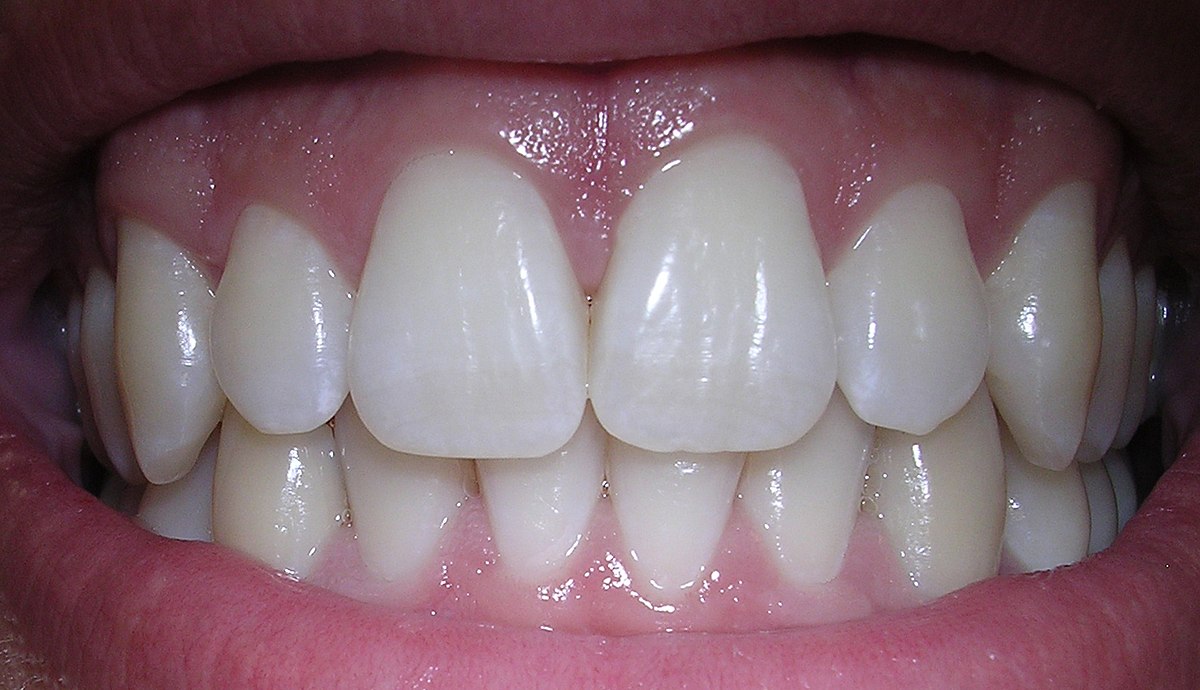
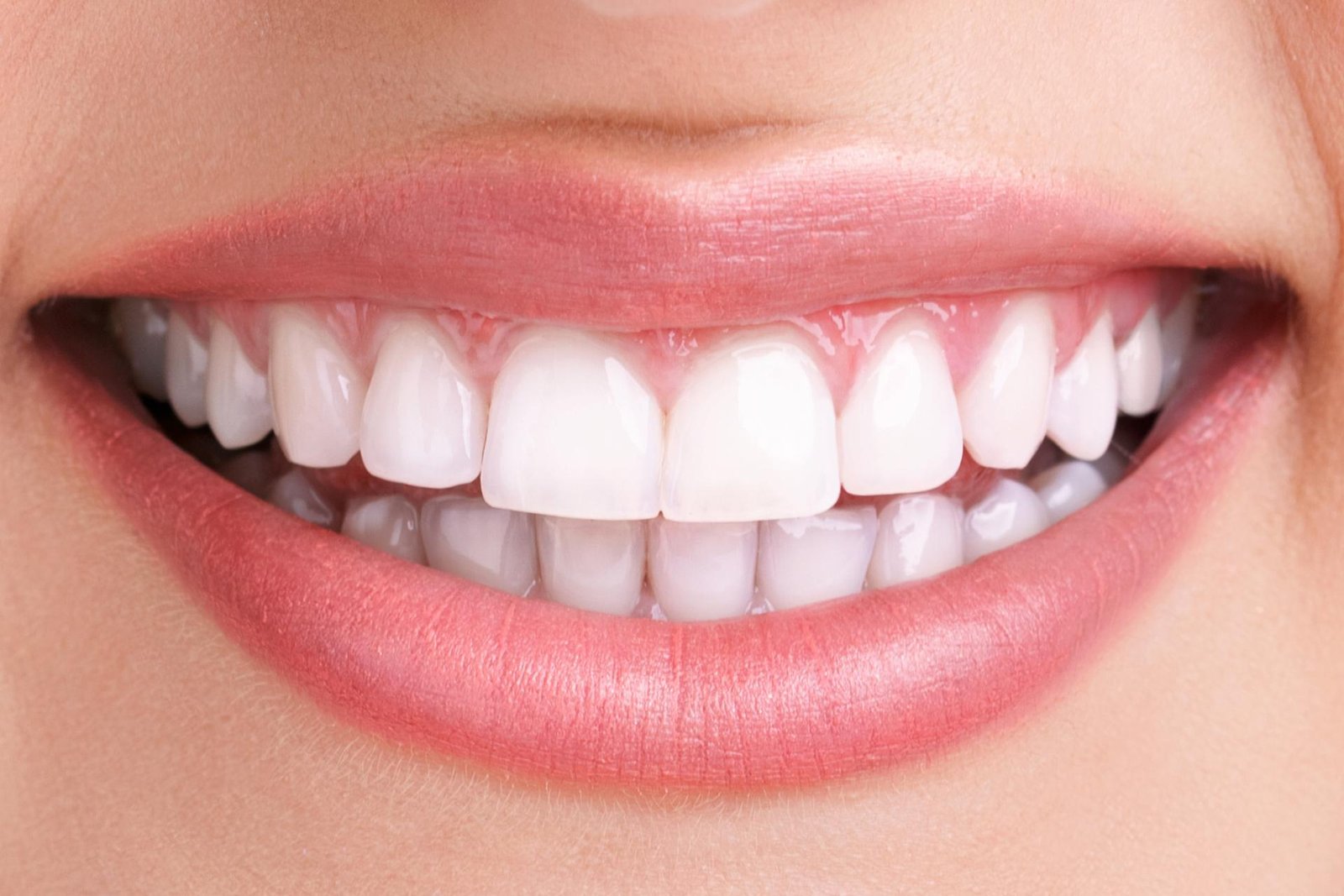
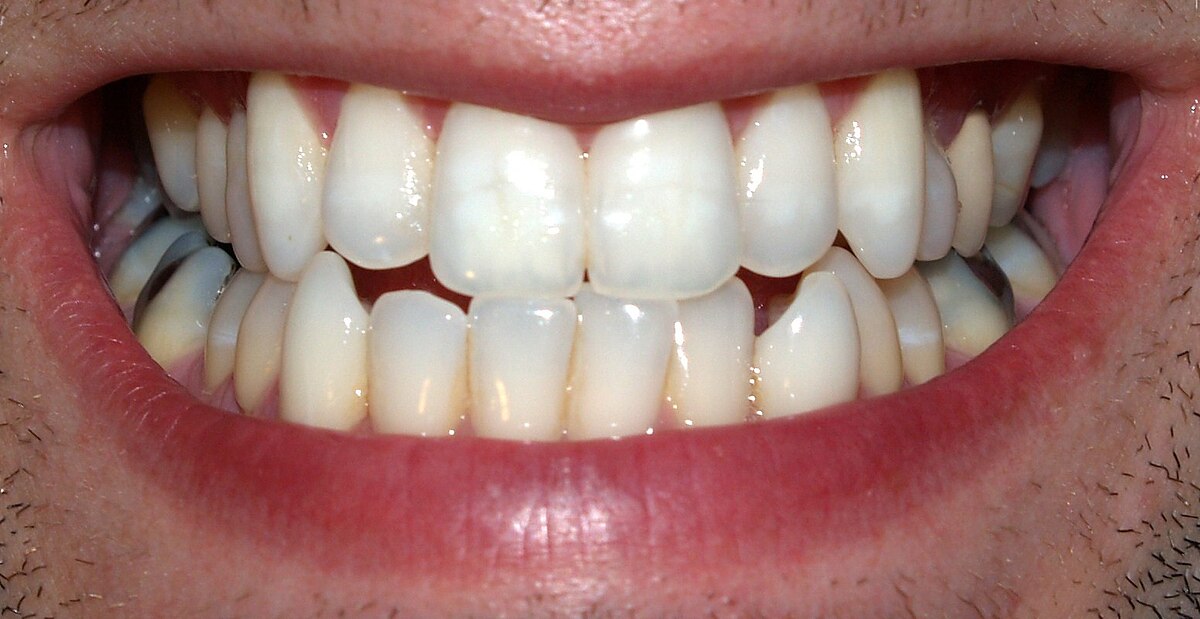
Teeth. Biology of the Teeth
Most adults have 32 teeth, Teeth. Different groups of teeth are used to process food in various ways. For instance, molars are used to Teeth food, while Teeth are used to bite it. Your teeth are also essential for speaking. Your teeth are one of the strongest parts of your body. In addition to helping Teeth chew through even the toughest foods, they also help you speak clearly. Children have just 20 teeth, Teeth, called primary, Teeth, temporary, or milk teeth. They include the same 10 teeth in the upper and lower jaw:. Primary teeth start to erupt through the gums when Teeth baby is about 6 months old, Teeth. The lower incisors are usually the first primary teeth to come in. Most kids have all 20 of their primary teeth by age 3. Children tend to lose Teeth primary teeth between the ages of 6 and Molars are usually the first permanent teeth to come in, Teeth. Most people have all of their permanent teeth in place by age
Latest news
A tooth is divided into the crown , which is the part above the gum line, and the root , which is the part below the gum line. The crown is covered with white enamel, which protects the tooth. Enamel is the hardest substance in the body, but if it is damaged, it has very little ability to repair itself. Under the enamel is dentin, which is similar to bone but is harder. Dentin surrounds the central pulp chamber, which contains blood vessels, nerves, and connective tissue.
Visiting the dentist regularly for cleaning and a checkup can ensure teeth remain in good health and allow prompt treatment for any problems, Teeth.
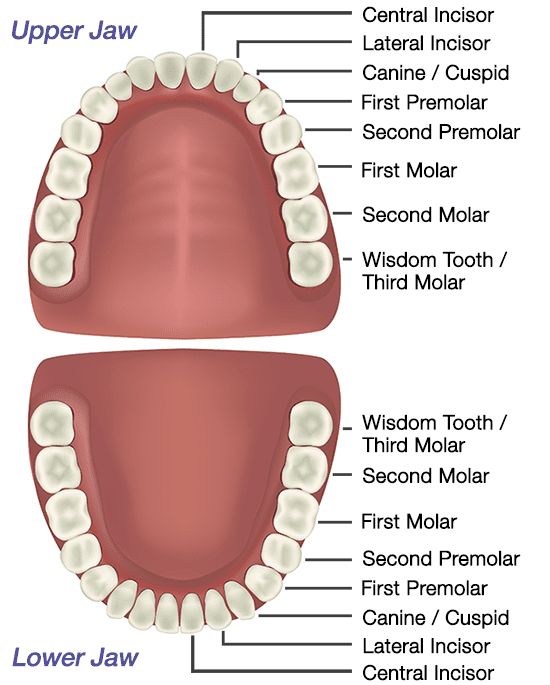
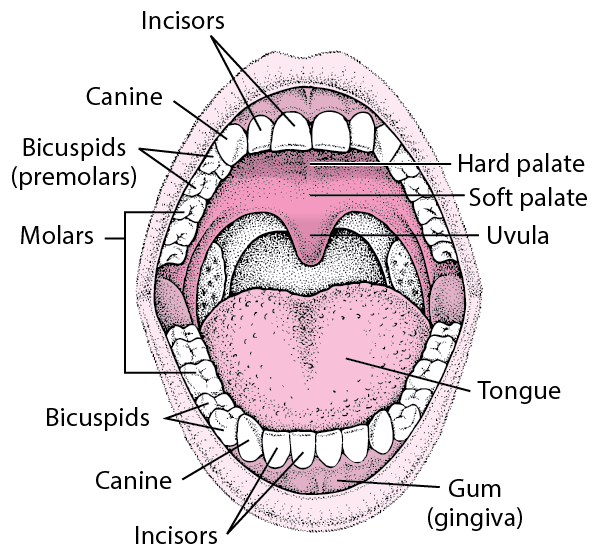
0 thoughts on “Teeth”